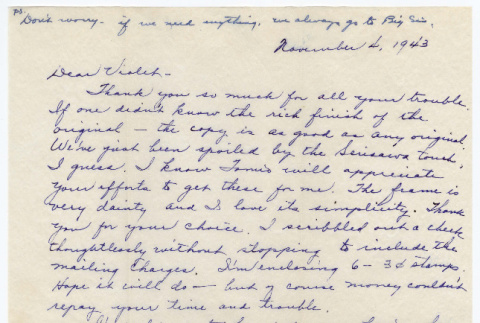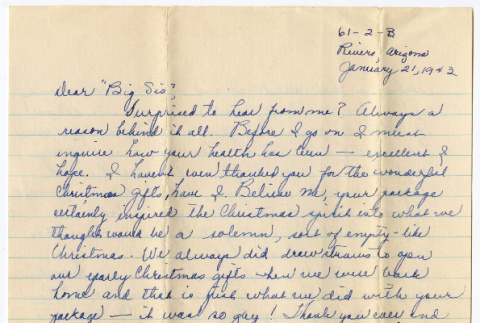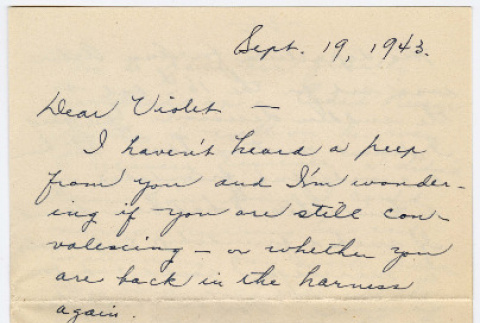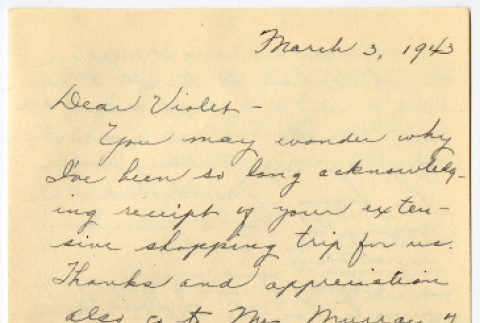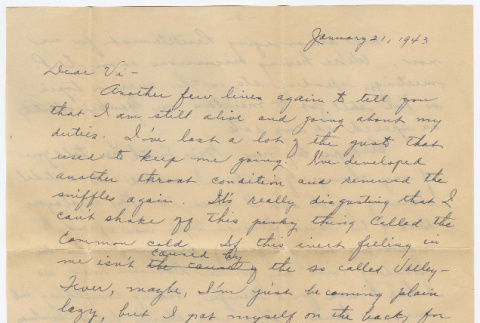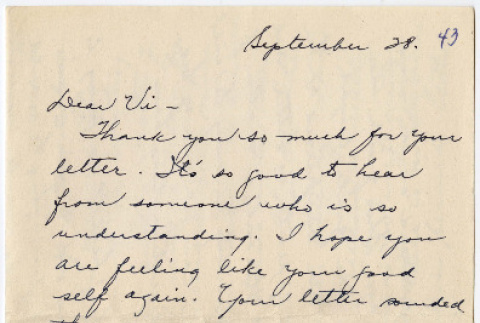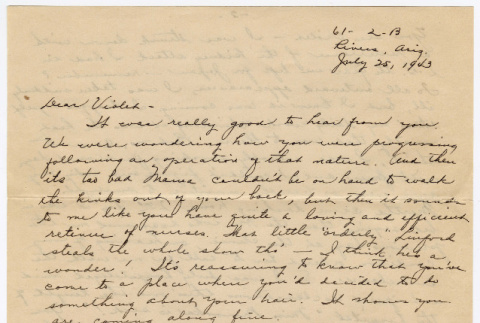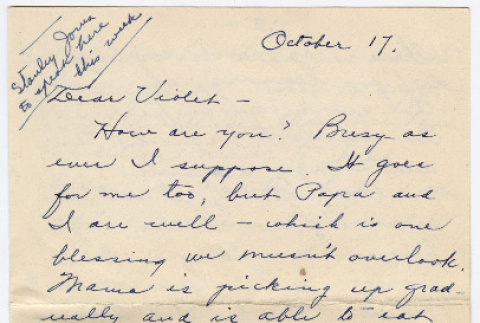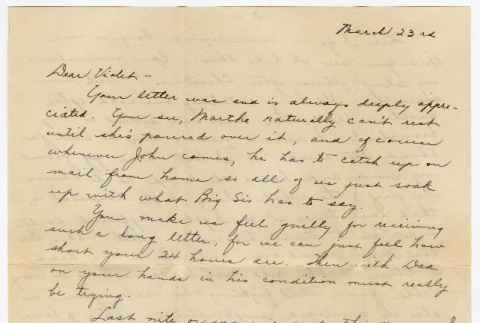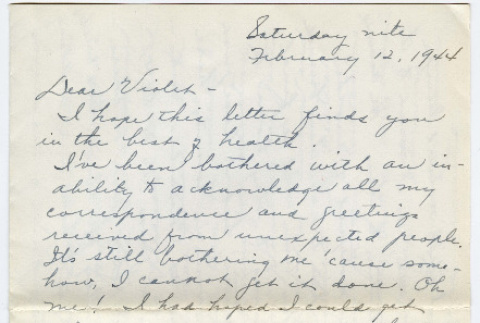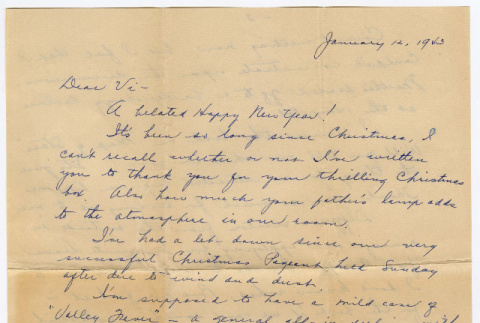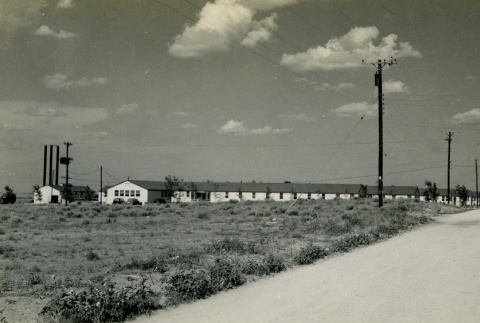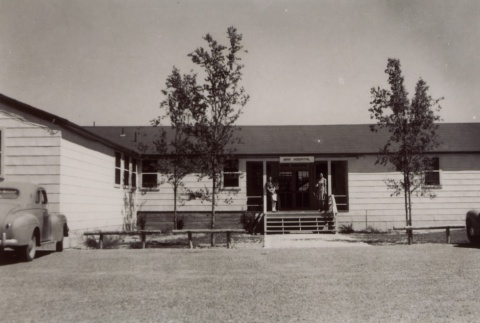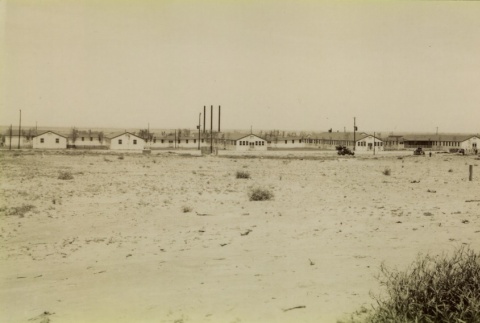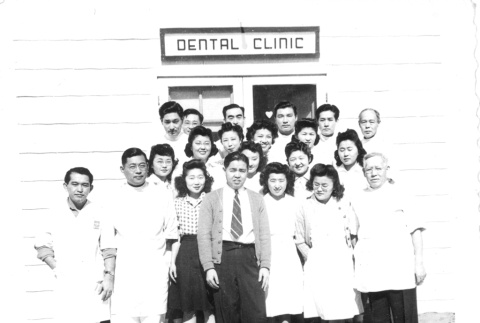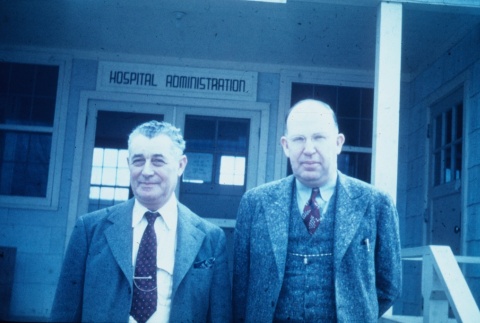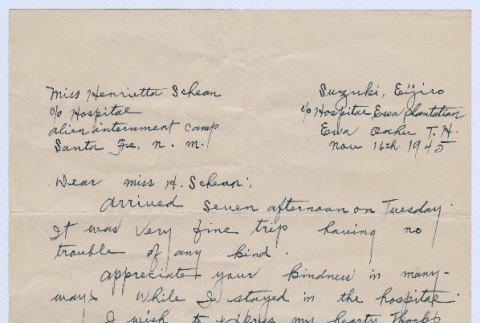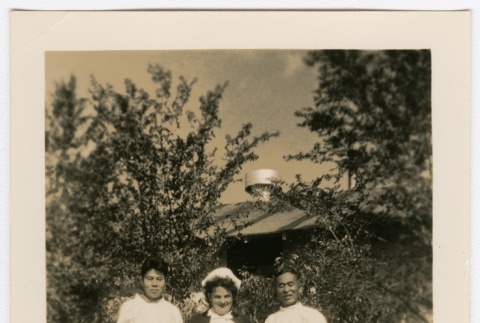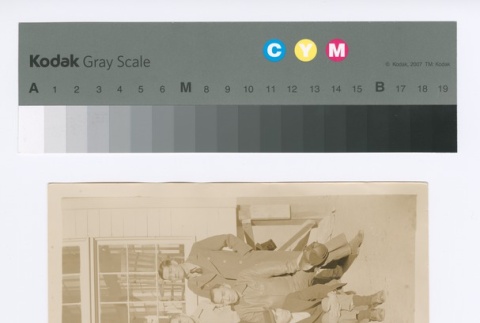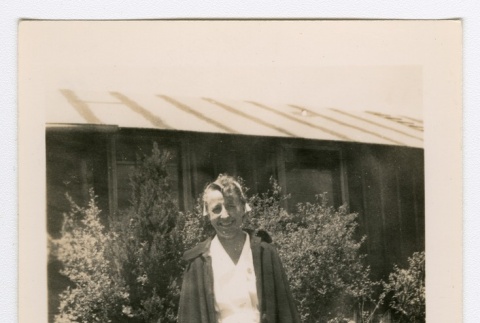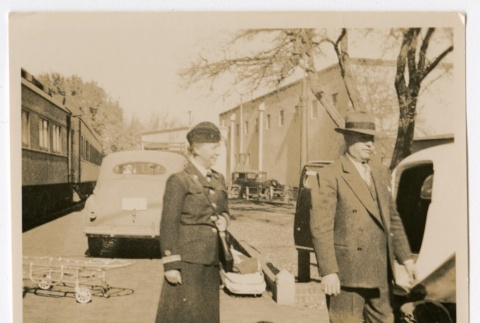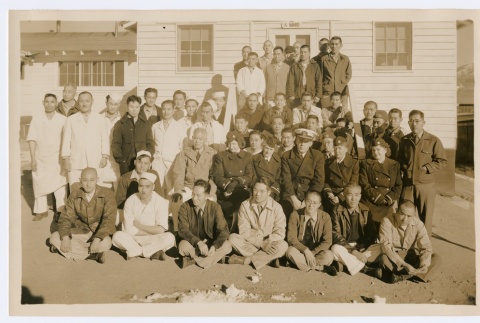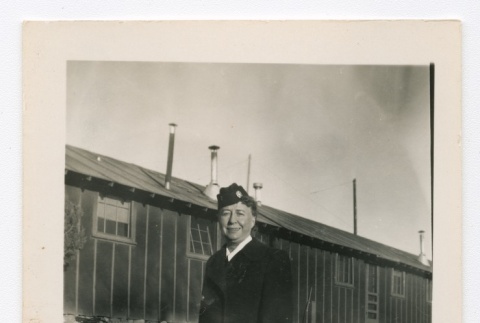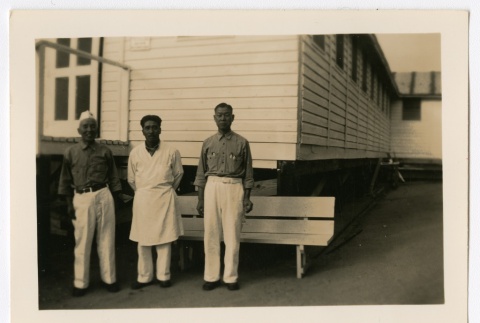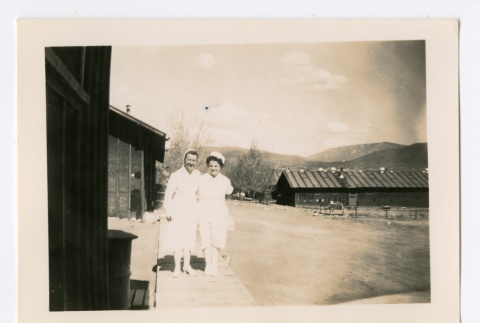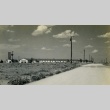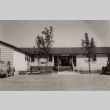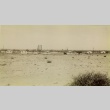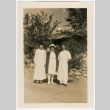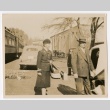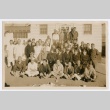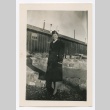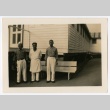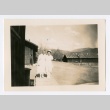Medical care and health issues
Medical and dental facilities were for the most part inadequate, lacking in both equipment and staff. Doctors and nurses were overworked, and treatment was often substandard as well as delayed. Camp inmates recall outbreaks of food poisoning, tuberculosis and dysentery epidemics, and preventable deaths of patients and newborns.
World War II
(231)
Concentration camps
(1434)
Medical care and health issues
(427)
Related articles from the
Densho Encyclopedia :
Medical care in camp
427 items
427 items
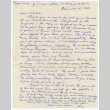
doc
Letter from Amy Morooka to Violet Sell (ddr-densho-457-37)
Amy Morooka writes to Violet Sell about the portraits Violet sent, her mother's health, and an article about Tule Lake segregation.
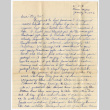
doc
Letter from Martha Morooka to Violet Sell (ddr-densho-457-23)
Martha Morooka writes to Violet Sell about Christmas gifts, her job in the tuberculosis ward, a murder that took place in camp, and a request for clothes.
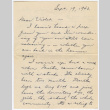
doc
Letter from Amy Morooka to Violet Sell (ddr-densho-457-34)
Amy Morooka writes to Violet Sell about her family's health, an engagement tea for her and Tomio, and request for a portrait to be reproduced.
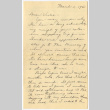
doc
Letter from Amy Morooka to Violet Sell (ddr-densho-457-28)
Amy Morooka writes to Violet Sell about Violet's shopping on her behalf, her health and their fathers' health, tensions about military registration, struggles with resettlement, and more.
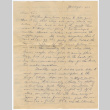
doc
Letter from Amy Morooka to Violet Sell (ddr-densho-457-24)
Amy Morooka writes to Violet Sell about her poor health, gifting Violet a subscription to the Pacific Citizen, being encouraged to leave camp, her job, and anthropologist Robert "Bob" Spencer observing life at camp.
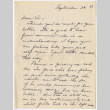
doc
Letter from Amy Morooka to Violet Sell (ddr-densho-457-35)
Amy Morooka writes to Violet Sell about her mother's health, upcoming plans to marry Tomio, updates on John and Midori's marriage, and more.
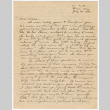
doc
Letter from Amy Morooka to Violet Sell (ddr-densho-457-33)
Amy Morooka writes to Violet Sell about Violet's health, her own health problems, leaving camp, and a new love interest.

doc
Letter from Amy Morooka to Violet Sell (ddr-densho-457-36)
Amy Morooka writes to Violet Sell about her mother's health, Tomio's new job at Yale, another request to have a portrait reproduced, and more.

doc
Letter from Amy Morooka to Violet Sell (ddr-densho-457-29)
Amy Morooka writes to Violet Sell about Violet's health, her own ongoing health problems, clothing and other supplies they have received, a recent job offer, and more.

doc
Letter from Amy Morooka to Violet Sell (ddr-densho-457-40)
Amy Morooka writes to Violet Sell about her eye surgery, upcoming wedding, an influx of people from Manzanar, updates on family, and more.
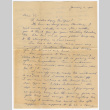
doc
Letter from Amy Morooka to Violet Sell (ddr-densho-457-22)
Amy Morooka writes to Violet Sell about the recent holidays, feeling sick with Valley Fever, her new job, being encouraged to leave camp, and encloses a Christmas program.
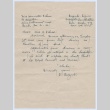
doc
Letter to Henrietta Schoen from Eijiro Suzuki (ddr-densho-223-62)
A letter thanking Henrietta Schoen for her care while Eijiro Suzuki was in the hospital at Santa Fe.

img
Men in casual clothing posing with Henrietta Schoen, signed on reverse (ddr-densho-223-51)
Caption on reverse: "To Miss. H. Schoen; Yasukichi Yasumura; Toyokichi Okumura; Yasabiro Saiki; Tatsuo Nakaji; Seiyo Yuki; Mantaro Ninomiya; [illegible]; Seijuburo M[?]; Genko Saigusa; Shigeichi Nakamora; Shijiro K[?]; Tom [illegible]; Masatana Mitani; Nakomura Chohochiro; Dr. S Furugachi; Rev. D. Tana; Noboji Tokushiro; [illegible]; Keizo Wadu; Hiroshi Suzoki; Gensaku Koizumi; K. Sakagami; Jamie [illegible]; Kanekichi Takido."
